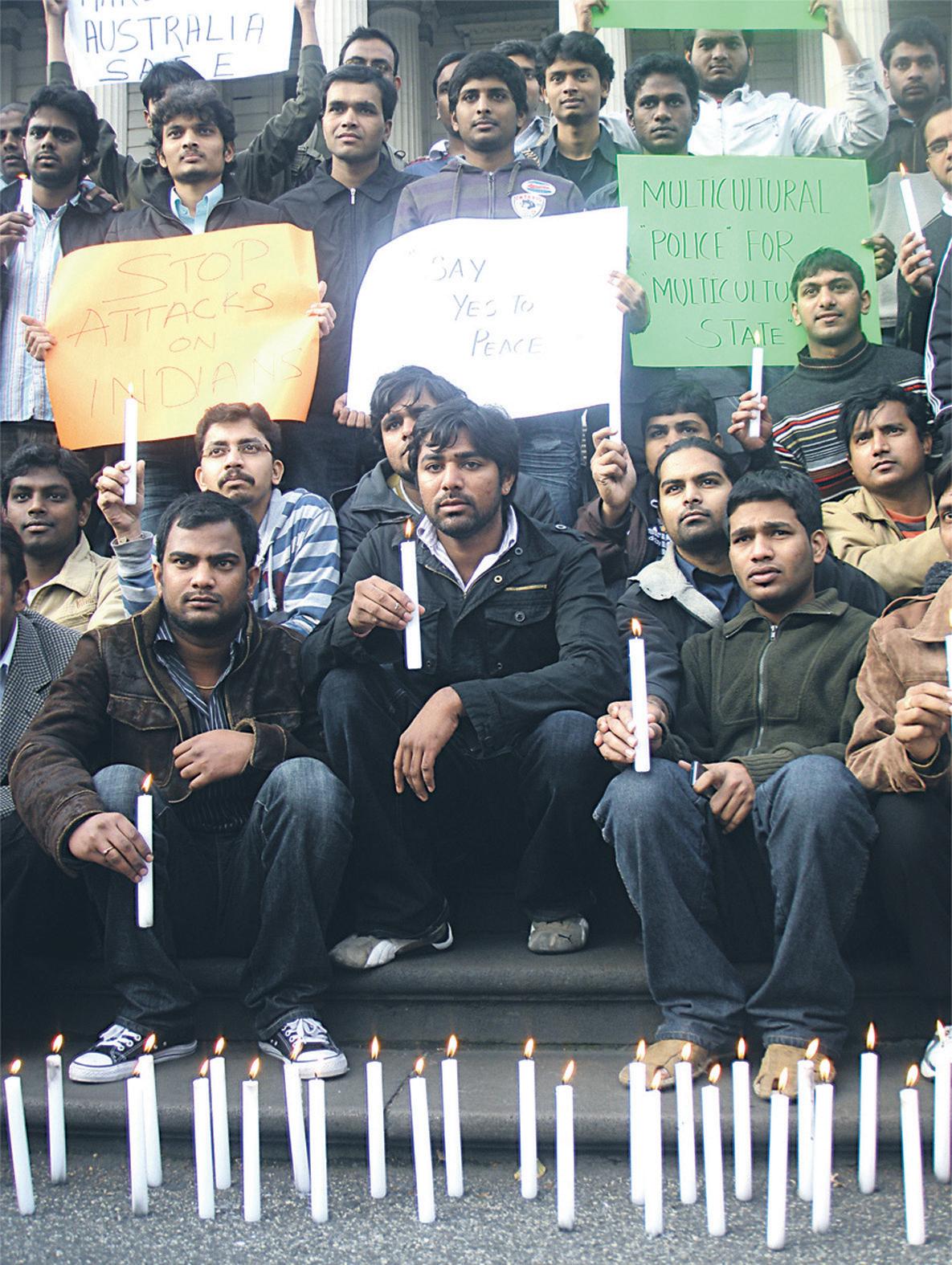
10 minute read
Flashback 2009
from 2009-12 Sydney (2)
by Indian Link
The Indian-Australian community was called on to face unique challenges in the past year. RAJNI ANAND LUTHRA looks at issues and milestones that impacted our lives
The students’ issue
Categorically, this was the defining issue for the community this year. What started off as a law and order problem opened a huge can of worms that no one quite knows how to handle.
There’s a problem situation in each of the sentences that can be used to describe “the Indian students’ issue”. Consider this: The students have been soft targets because they travel late and live in low socio-economic areas. (But racist taunts were made when the attacks took place). The attackers are rednecks – outliers of the mainstream community who are probably alcoholics or drug-addicts. The students work multiple jobs in a day because the school fees are high and rogue education agents lied to them about the job situation here. The schools they attend are shonky institutions that are only interested in fleecing them of their money. Often the “college” is on one floor of a city building, and everyone speaks Punjabi, including the teachers. The students don’t really care much about their course because they are really here to gain residency. They stick with each other and do not acclimatise. The government did not do anything about the situation till the Indian media made a hue and cry about it all. Then the words “$15 billion industry” began to be bandied about – and Australians learnt that education was actually their third largest “industry”.
“Racism!”, the students cried. The mainstream, largely tolerant so far, began to make mutterings of their own: a bit rich, don’t you think, for the inventors of the caste system and untouchability, to accuse someone else of racism? Meanwhile, the Police were told to pay more attention, and minister after minister travelled to India. To a lukewarm reception.
So the real problem lies, we now know, with those redneck alcoholics or drugaddicts who perpetrated the attacks on the students and made racist taunts while doing so; with the students themselves; with rogue education agents; with rogue migration agents who have hit upon a legal method of people-smuggling; with the shonky colleges; with the irresponsible press in India; with ineffective police and other government agencies here who have no checks in place; with the community who are too involved in their own lives to care about their student compatriots; with the previous government for introducing that MODL list; and with the problems within the Indian system that is causing the youth to want to escape to another country.
Now that the main problems have been identified, working on solving them will be the biggest challenge.
A ‘fair’ assessment
Other than that week in June at Harris Park, our annual Melas were our biggest community gatherings again this year. Yet, interestingly, it was the newer migrants that seemed to be making up the numbers - the older settlers chose to stay away from the India Fairs and the Diwali Melas, opting instead to go out to mainstream events such as City-to-Surf. The same was true for the smaller events such as Baisakhi Mela, Janmashtami Fair and Sakhi Sangam: perhaps the mood is one of ‘been there, done that’. Hopefully next year the organisers will infuse more excitement into their projects to entice them back.
Uia
Among the community “leaders”, the UIA featured on our pages this year for electing a new president and for taking over new premises, but never for tackling any issues of significance, except sparingly when the Wigram St revolt broke out. As another Indian publication so rightly pointed out, our ‘leading’ organisation did not even students’ issue at the India Fair when it had a captive audience of some 20,000 people, including the premier of the state, leading members of the state parliament and Indian diplomats. Its major achievement for this year - India Fair again.
Canberra Calling
The High Commissioner of India Sujatha Singh summoned to Canberra the ‘movers and shakers’ for a talk-fest on matters ailing the community. It is hoped she successfully identified a list of concerns that can be fixed, but from the mutterings in the community it seemed to be a rerun of the invitationscontroversy at the Abhishek-Aishwarya wedding: who was invited and why, and who wasn’t invited and why not. Nonetheless, a worthwhile precedent has been set, and more will hopefully come out of such events in future years.
Community Sport
Amongst the hoi polloi, an interesting trend this year has been the rise of community sport. Badminton clubs have mushroomed that are seeing increasing membership from people of all ages. While these began as social clubs, they have now moved on to being a regular form of exercise and even beyond – competitions between clubs are now held on a regular basis. In cricket, a unique IPL-style series of competitions is currently ongoing: teams (backed by local businesses) have competed in an 8-a-side tournament, a 20/20 series and a 30/30 series. Mostly made up of students, these contests have provided a major boost in selfesteem after the traumatic events of earlier this year. For kids, for the first time ever, a school holiday sport camp conducted in January was so popular that another one is planned for the upcoming summer holidays. Finally, we are beginning to see sporting events that are driven purely by passion –not as advertising gimmicks or with politicsridden administrations. Another encouraging sign is the unprecedented number of Indianorigin sport coaches out there in the system, teaching not only cricket skills but also soccer and hockey.
The fund-raising drive
In another trend that we hope will continue, small community groups organised fund-raising drives for the benefit of disadvantaged people here as well as back in India. While we salute the efforts of all of these groups, we wish to single out one particular group, Iti Sydney (literally ‘With Love From Sydney’), who are doing much for needy people in West Bengal. Launched by a group of four friends solely motivated by a quiet desire to help, Iti Sydney has probably accomplished much more with their charitable efforts than many highprofile organisations in the community. Other charitable efforts featured on our pages this year were GOPIO’s assistance for petrol bomb victim Rajesh Kumar, UNSW Indian students’ fund-raiser for medical supplies in India, Sashi Bala’s fund-raiser for a hospital in southern India, Hema and Sudhakar Rao’s efforts for a blind school in Karnataka, Curries by Candlelight for Hornsby Hospital, Indian Link’s own Think Pink campaign for breast cancer awareness, and TiE Sydney’s One Laptop Per Child event.
Arts
In the art world in the mainstream, India continued to feature in a major way. The surprise hit Slumdog Millionaire brought home loud and clear the undying spirit of
1 Indian international students campaign for security

2 India-Australia Friendship Fair
3 No show: Amitabh Bachchan.

4 Sangeeta Sandrasegar’s White picket fences in the clear light of day cast black lines, 2009
5 UNSW Hindu Society’s stage production Gandhi: The Power of One
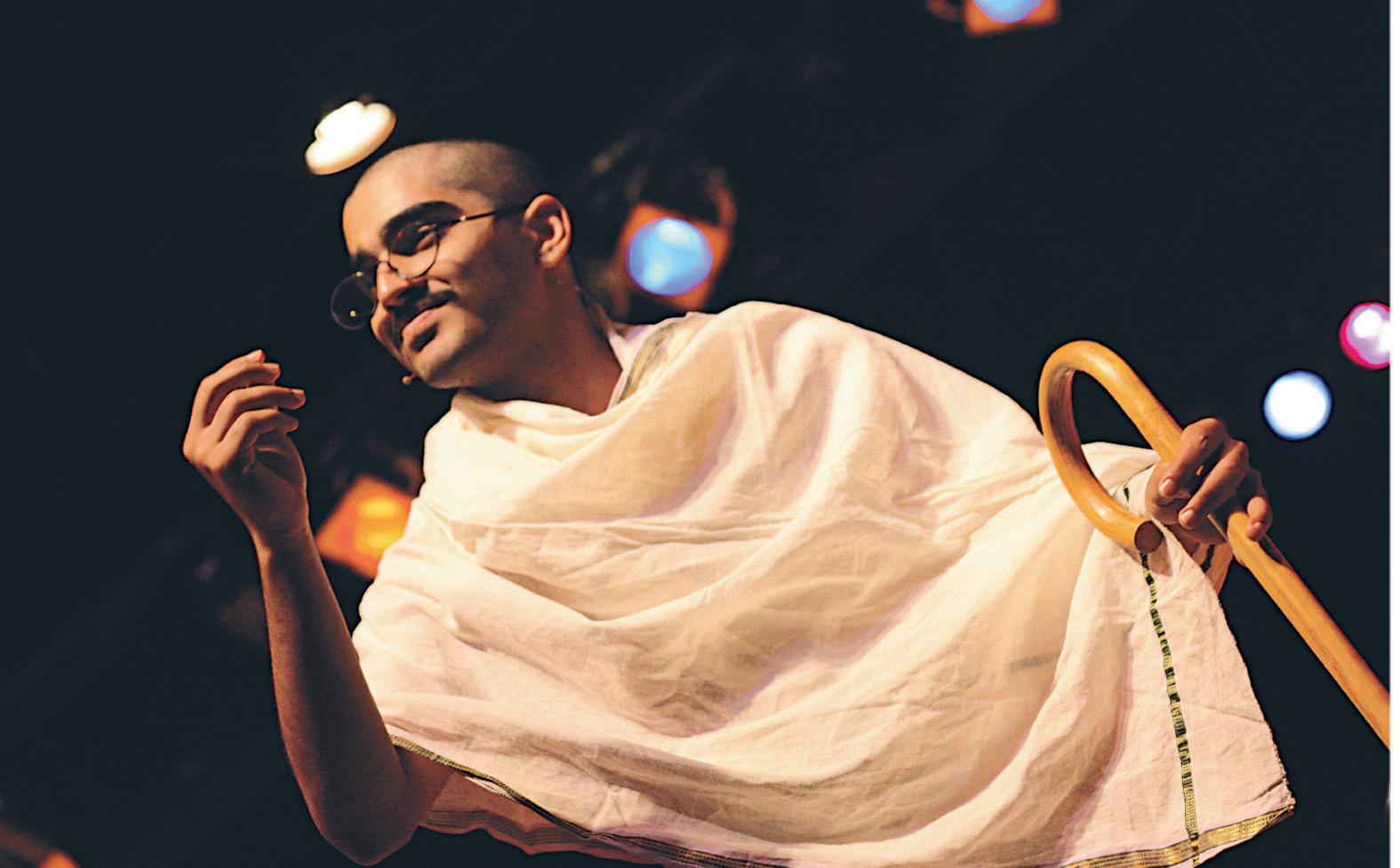
6 The GLBT community raise their voice
7 Peter Varghese, Australia’s new High Commissioner to India
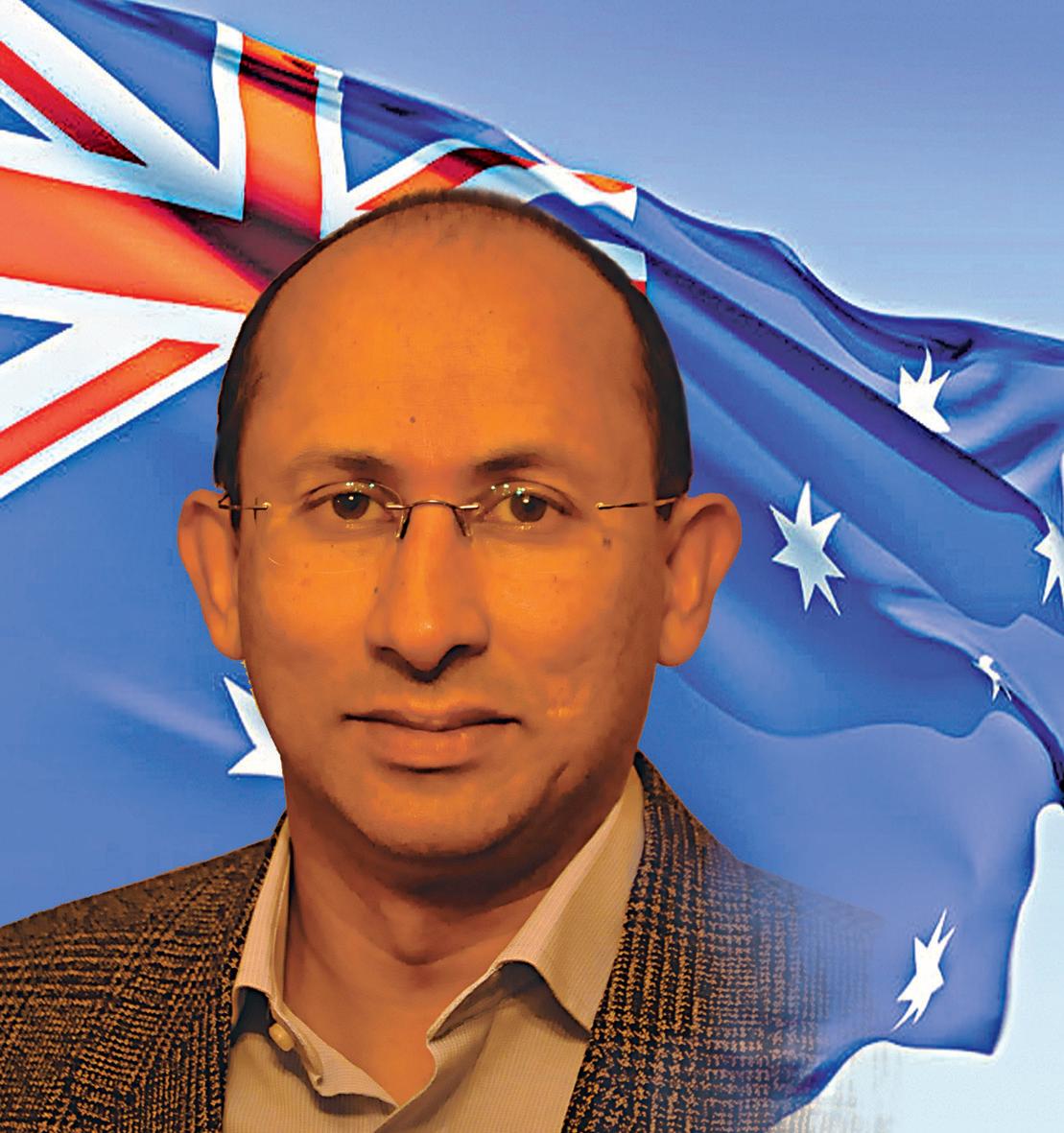
8 The rise of community cricket
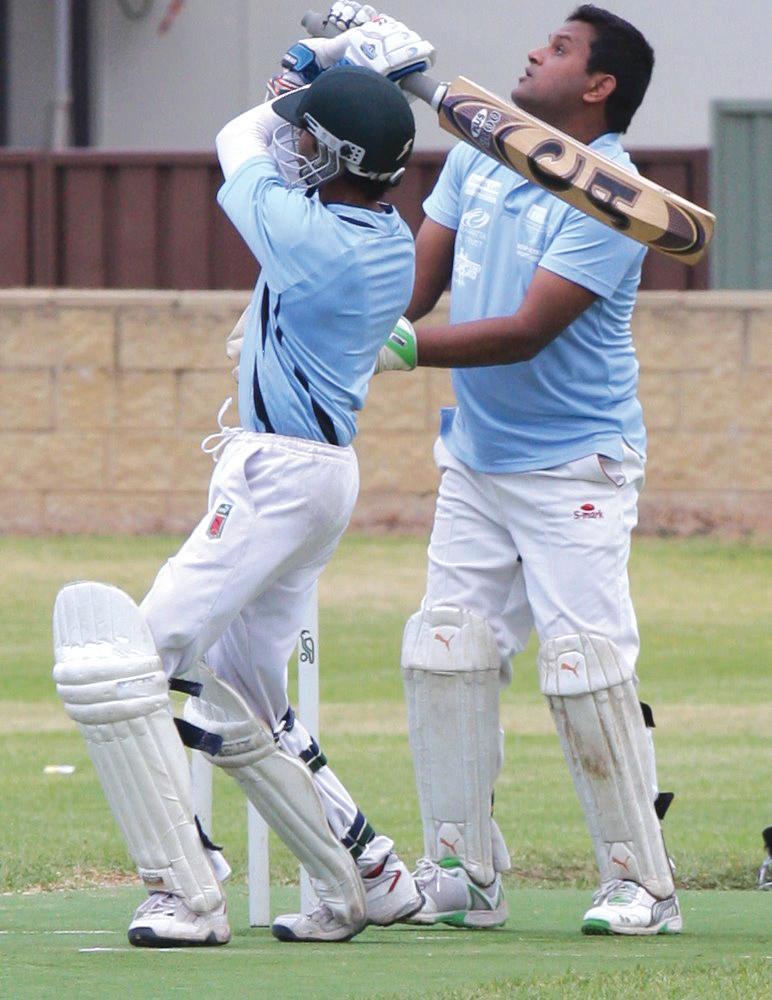
9 Iti Sydney
India that is now seeing its growth in the world scene. The Art Gallery of NSW is currently hosting a major India-centric exhibition. Numerous other galleries featured exhibitions of paintings and photography that had Indian links – a significant one being a portrait of singer Ben Lee dressed as an Indian bridegroom, for this year’s Archibald Prize.
Of course for the community, the interesting trend this year has been the number of Indian-origin artists that have begun to be exhibited to critical acclaim: Sangeeta Sandrasegar, Hitesh Natalwala, Vandana Ram, Simryn Gill, to name a few.
Stage
In other trends this year, we’ve seen the rebirth of the Mushaira, or poetry evenings. Years ago Hindi Samaaj organised a few such events, featuring not only community literati but also invited guests from India. But then there was a lull - until this year. Now mushairas are quite the rage, even with organisations whose activities, one would have thought, would be more political than cultural. Still, we’re not complaining – bring
on the poets!
On the stage, we saw too many badly performed Bollywood dances, and some truly commendable performances from the classical styles in Baratanatyam and Kathak.
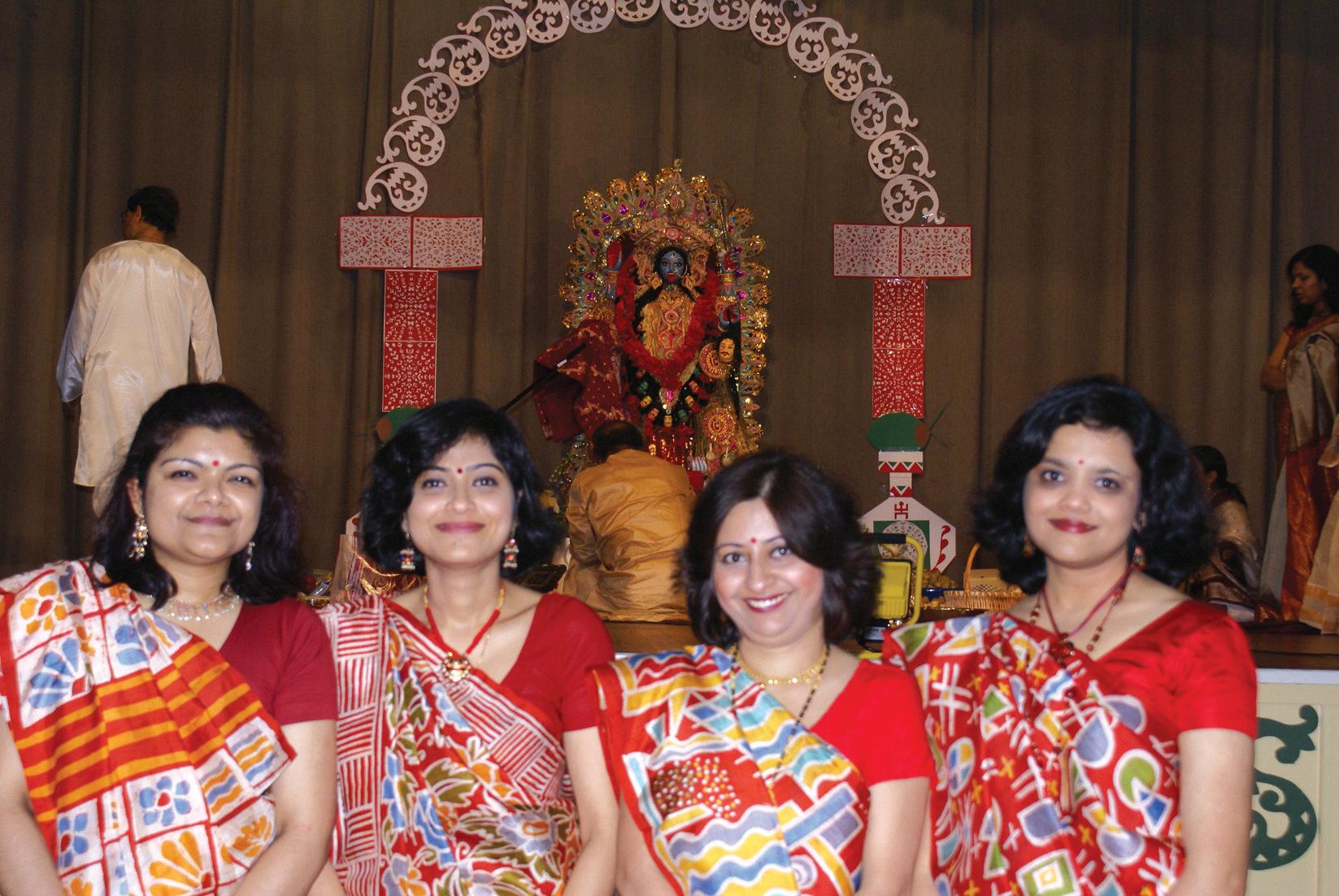
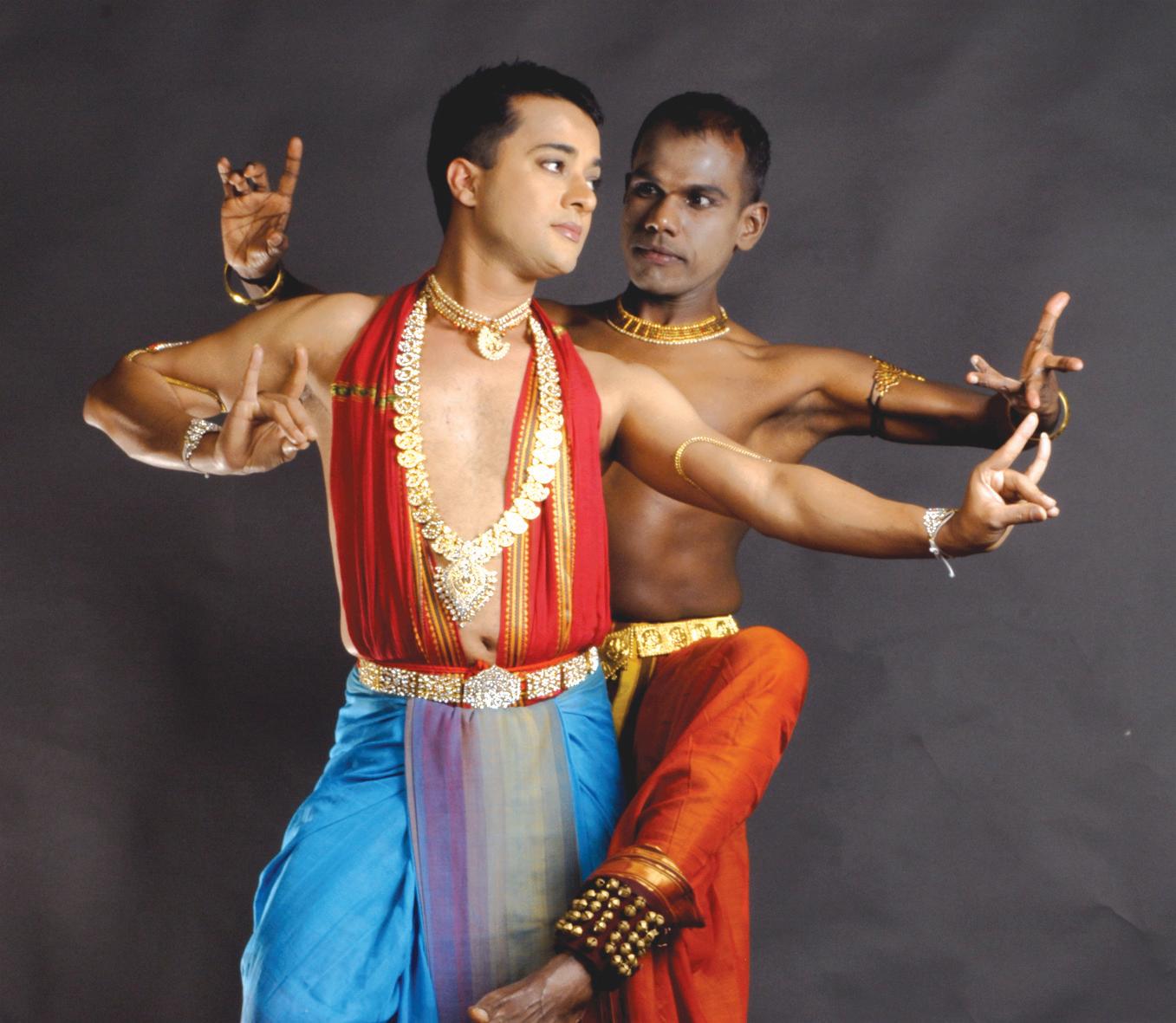
Vipul Vyas’ troupe continued to bring us laughs, but the honours this year went to the play on Gandhi The Power of One, by an amazingly talented bunch of uni students.
Glbt
The gay community is also becoming more and more organised. And visible. The Mardi Gras arts festival this year had a sizable Indian representation, and although organisations such as Salaam Namaste and Trikone Australia continued their activities, they will no doubt benefit from increased community acceptance.
Media
In terms of media, sadly, our numerous outlets in print, radio and TV all seemed tired and hackneyed. Even at a time when the community was thrust into the spotlight, there were but few names that could reach out to the mainstream (both here and in
India) and speak strongly on behalf of us all.
Bollywood Down Under
And coming to Bollywood, there was a fascinating observation. India’s entertainment industry has held mainstream attention largely for its freak value. Yet when a major production cancelled its Australia shoot in the middle of the year as a fall-out of the students’ issue, you could almost hear the collective intake of breath. And when it was all back on only weeks ago, the Minister for the Arts could hardly contain her enthusiasm to let everyone know that it was business as usual, no real harm done after all those bashings! Oh, and hurrah for Bollywood - it’s brought us 200 jobs this month alone (and I’ve even got a role in the film!)
Australian locales were used to film the television show MTV Roadies, Telugu film Sankham and Karan Johar’s Hindi remake of Stepmom.
Visitors
We had very few high profile visitors from India this year. Perhaps they stayed away because the Indian media warned them they would be targets of “racist attacks”. Still, we had the Indian women’s cricket team for the ICC World Cup, Foreign Minister SM Krishna, top cop Kiran Bedi (who did not engage with the community at all), ghazal singer Jagjit Singh, a string of leading classical musicians for a weekend of Carnatic music, Bharatanatyam royalty the Dhananjayans, and openly gay prince of Gujarat Manavendra Singh Gohil.
A significant no-show was Amitabh Bachchan, who turned down a major honour by a leading Queensland university. The idea was completely lost on him that he could have shown much-needed solidarity with the beleaguered student population, at a time when they needed it most. Or that he could have used his status to draw attention to their cause. Still, no harm done: the Big B continues to be loved - nay, revered - as ever before, such is his charismatic power.
Disappointingly, neither the Sydney Film Fest nor the Sydney Writers’ Fest saw any significant Indian participation.
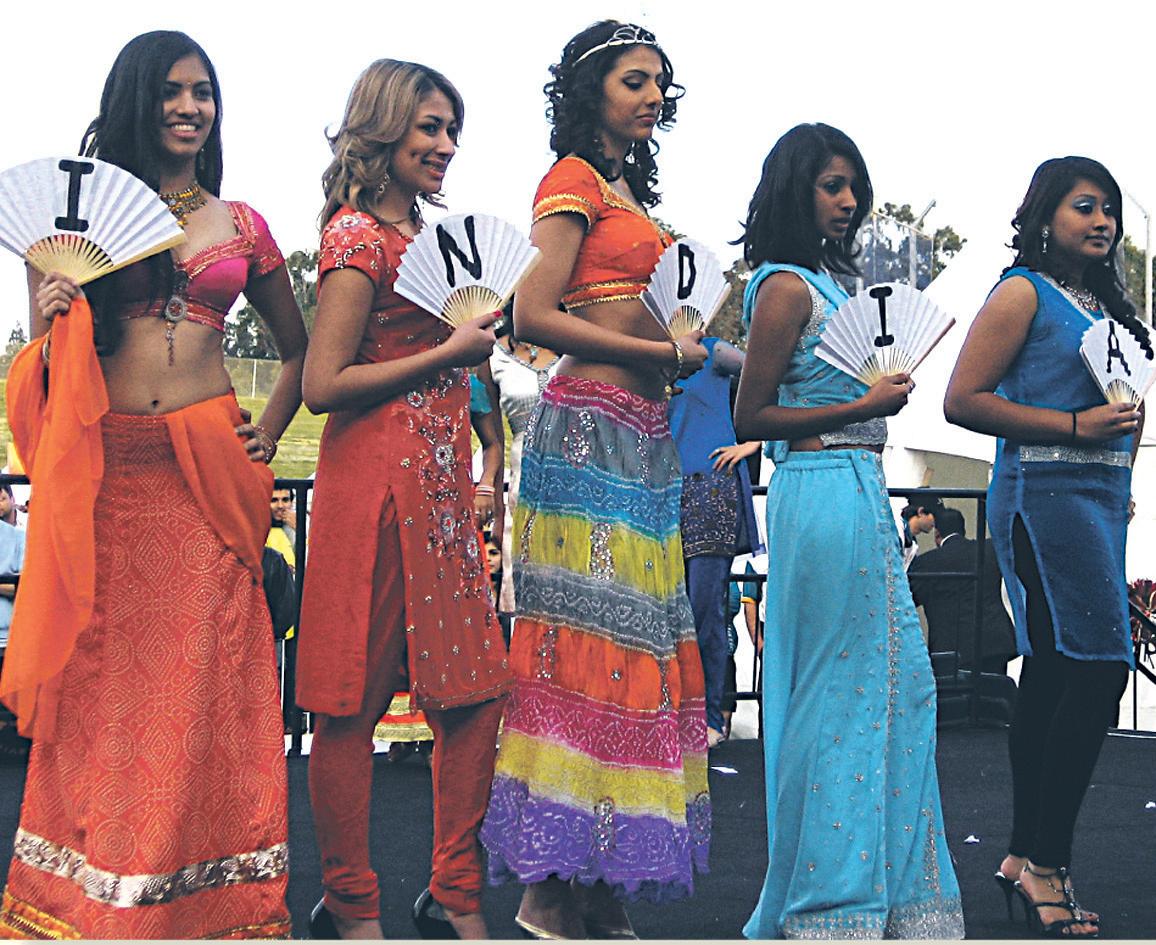
AIBC (Australia-India Business Cancellations?)
Another no-show was PM Kevin Rudd himself, at the Australia-India Business Council’s annual Independence Day address.
The much-publicised recorded address by Indian PM Manmohan Singh at the very same event didn’t materialize either. This is not the first time last minute cancellations have taken place at the AIBC.
The Independence Day Address, launched with much promise a few years ago as a high-profile event, seems to have all but changed into a fund raising vehicle rather than a platform for tackling core issues of importance between India and Australia.
Newsmakers
Now, for individuals who made a mark outside the community in a major way. To begin with, we had Peter Varghese, who was appointed Australia’s High Commissioner to India, the first Indian-origin appointee to such a high-ranking post. Scientist Dr Himanshu Brahmbhatt was in the news again this year for a major breakthrough in cancer research. Social worker and filmmaker Ana Tiwary was in the running for NSW Woman of the Year. Hindi School founder Mala Mehta OAM won the Hornsby Woman of the Year title. Nicholas Brown, an India-born NIDA-trained actor made his entry into Bollywood winning a major role in upcoming Hrithik Roshan starrer Kites. And Neville Roach AO added another feather in his cap when the Government of India invited him to be a member of the Prime Minister’s Global Advisory Council.
Emerging trends
By and large, reviewing this year for us as Indian Australians, it seems that the dynamics of the community have definitely changed. The more visible members of our community are without doubt the younger generation, who seem different in so many ways. They are assertive, confident, techsavvy, even cocky. Admirably integrated, they blend in well with the mainstream while still being well-versed with their native culture. And of course, they are fairly successful in their chosen professions. Overall, they seem to have their head screwed on right. And mind you, many of these are fairly recent arrivals from India. The students’ campaign has shone the spotlight on some pretty good leadership potential. The old guard, the so-called “community leaders” (a term that’s taken a fair bit of badgering this year), must learn to accommodate this emerging section of our community. One might even go so far as to say, get rid of the old guard, and make way for the new order.
Art Gallery of NSW
Garden and cosmos: The royal paintings of Jodhpur (Until 26 Jan 2010)
Tours
Daily 1pm, Wednesdays 7.15pm
Excluding 24 December 2009 – 1 January 2010
Art After Hours
Wednesdays 5.30pm
6 Jan Curator’s talk Jackie Menzies Head curator Asian art
13 Jan Exhibition talk Dr. Meenakshi Srinivasan Sydney
Sanskrit School
20 Jan Exhibition talk Analiese Treacy, paper conservator AGNSW
Wednesdays 6.30pm
6 Jan Bollywood performance by Mango Dance Studio
13 Jan Sari fashion parade with Sareehaven
20 Jan Yoga demonstration and workshop with Simon Borg-Olivier FOR KIDS
Letters to the editor
Respect local readers
While it was good to see news of the taxi industry being discussed (Indian Link December 1 issue), with relevant comments from Hosni, Nitin, Arun and others, considering the number of community members involved with this industry, this should have been front page news.
Kareena, Kajol etc. will shoot their movie and go - but taxi drivers will stay here and read your paper. Start respecting your local readers: we don’t appreciate celebrity gossip and frivolity. Local survival issues matter the most.
And FIAV should stop ignoring the taxi industry - or it should call itself the White









